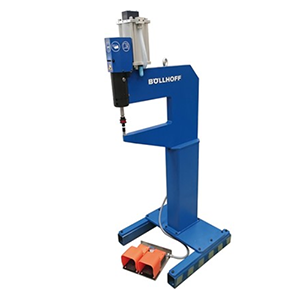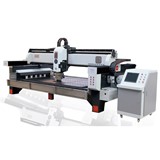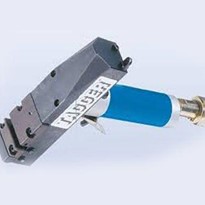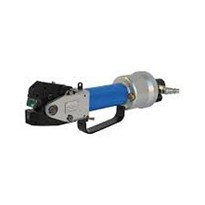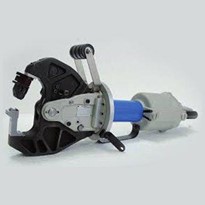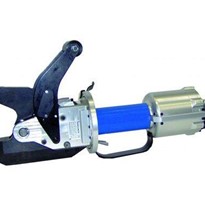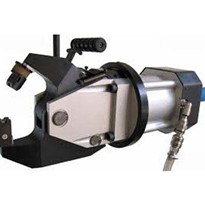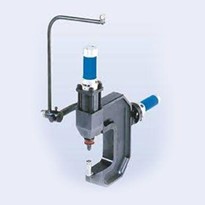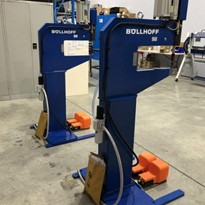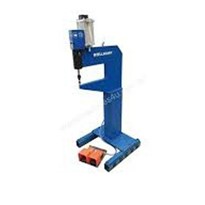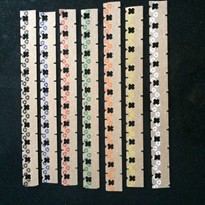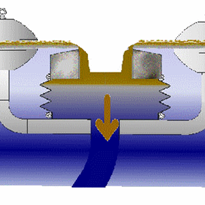Clinching machines, also known as clinchers or clinch tools, are used in various industries and workplaces for joining two or more sheets of metal or other materials together without the need for additional fasteners like screws or rivets. The clinching process creates a strong and reliable joint by deforming the materials.
Here are some considerations and safety measures to keep in mind when using clinching machines in the workplace:
Training: Ensure that operators and workers using clinching machines receive proper training on their safe operation, including how to set up the machine, load materials, and perform maintenance.
Personal Protective Equipment (PPE): Provide appropriate PPE to operators and nearby workers, including safety glasses, gloves, and ear protection, as the machines can generate noise and small metal particles during the clinching process.
Machine Inspection: Regularly inspect the clinching machines to ensure they are in good working condition. Check for any damaged or worn-out components that might affect the quality of the joints or pose safety risks.
Material Compatibility: Use the appropriate clinching machine and tooling for the specific materials being joined. Different machines and tooling are designed for various material thicknesses and types.
Safety Guards: Install safety guards around the clinching area to prevent accidental contact with moving parts during the operation.
Proper Workspace: Ensure there is enough space around the clinching machine to allow for safe material handling and easy access for maintenance.
Machine Limits: Respect the machine's capacity and limitations. Avoid overloading or operating the machine beyond its recommended specifications.
Preventive Maintenance: Implement a regular maintenance schedule for the clinching machine, including lubrication, cleaning, and blade/tooling replacement as needed.
Hazard Communication: Clearly label the clinching machine with appropriate warning signs and instructions to ensure everyone in the workplace is aware of its potential hazards.
First Aid and Emergency Procedures: Have first aid supplies readily available, and ensure workers are familiar with emergency procedures in case of accidents or injuries.
Operator Supervision: Avoid leaving the clinching machine unattended during operation, and ensure that only trained and authorized personnel operate the equipment.
By following these safety measures and best practices, you can ensure a safer workplace environment when using clinching machines and minimize the risk of accidents or injuries during the metal joining process.


